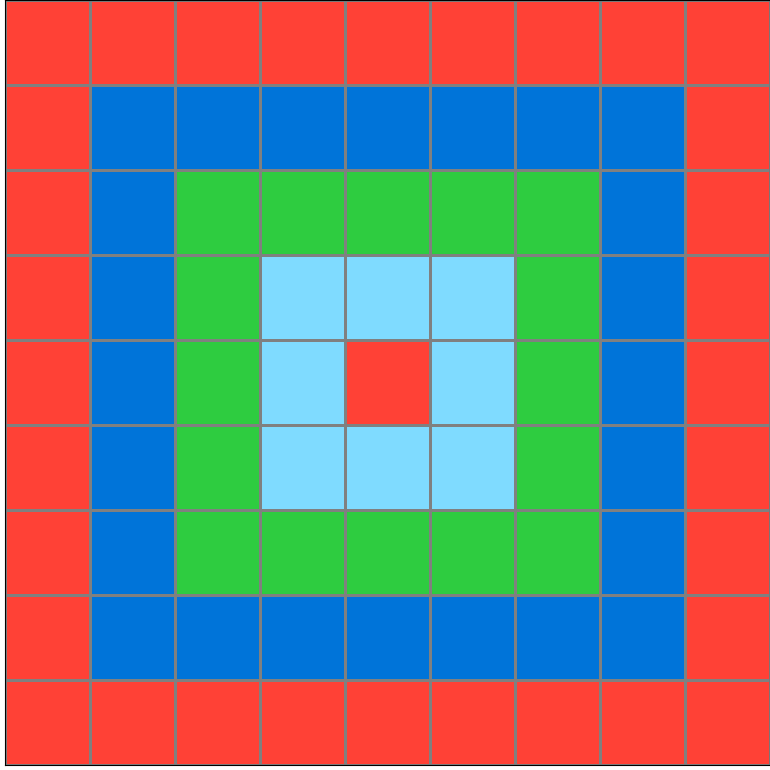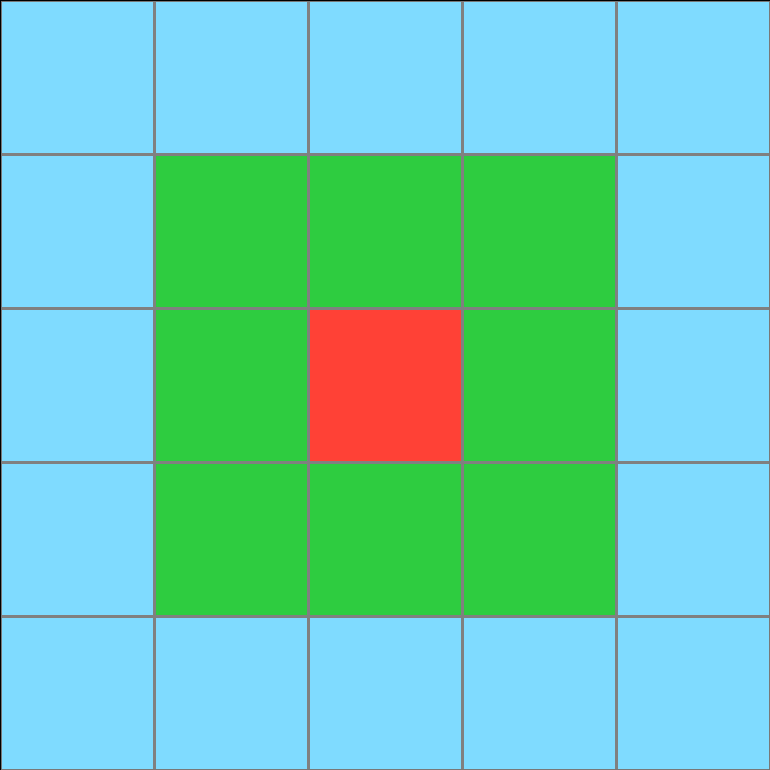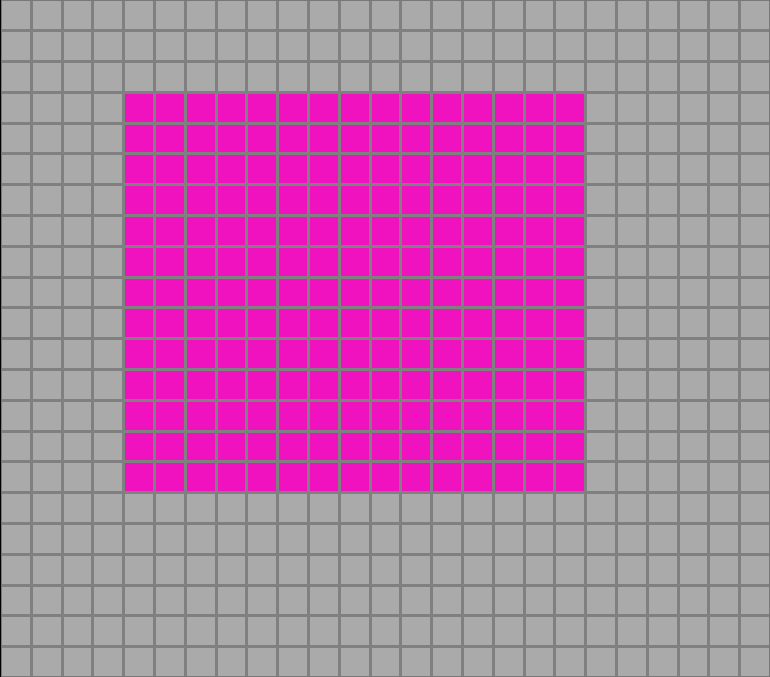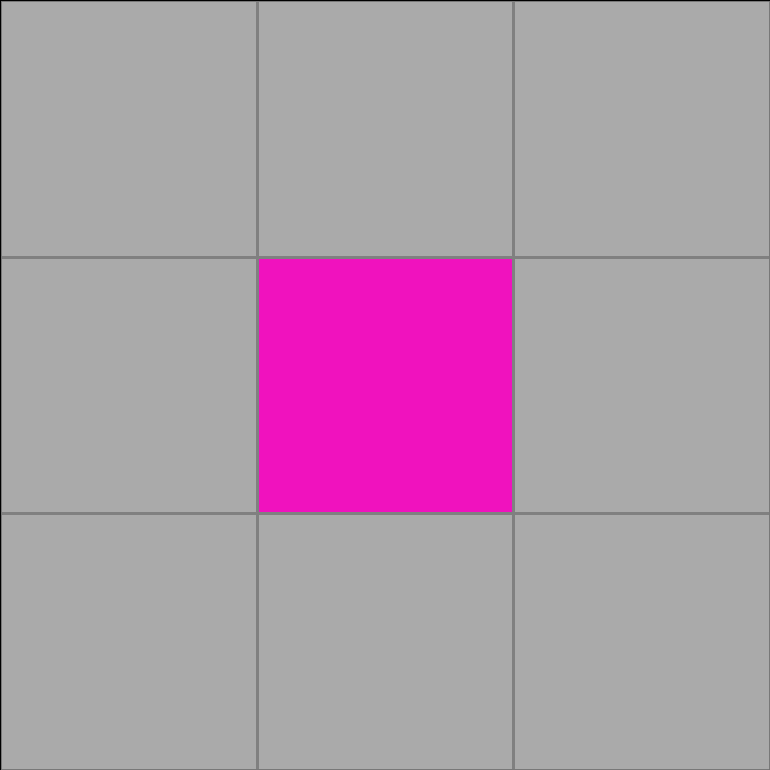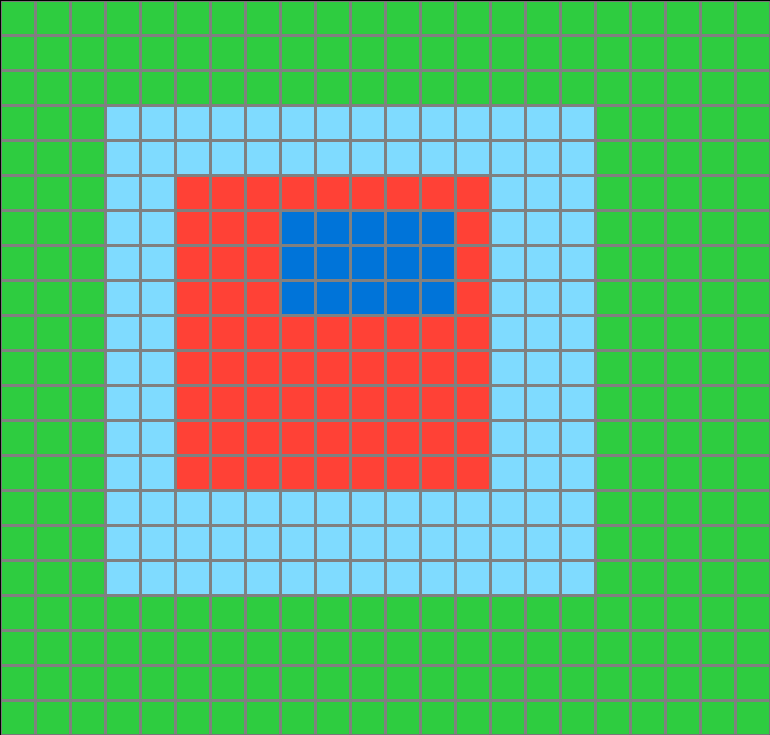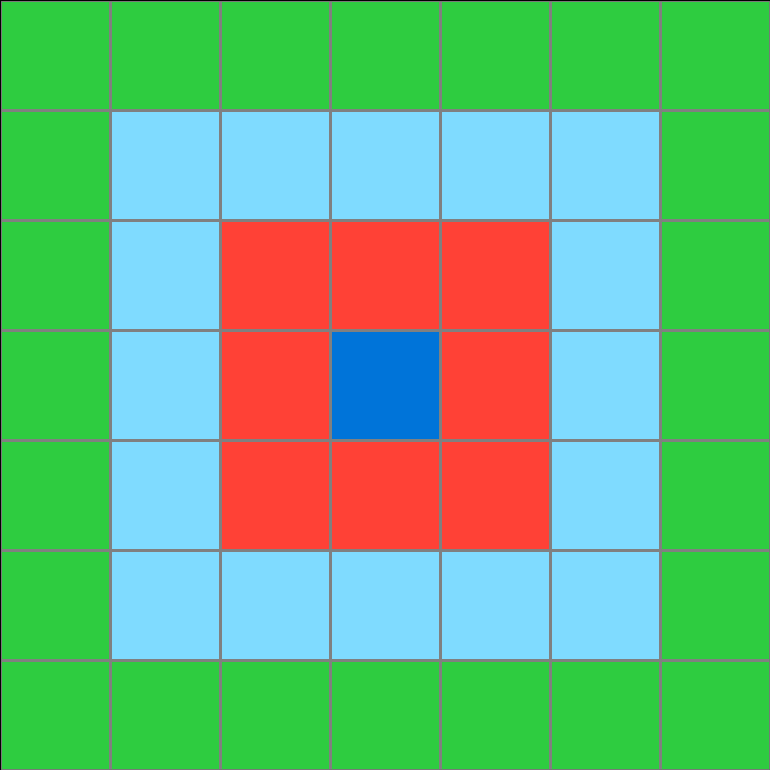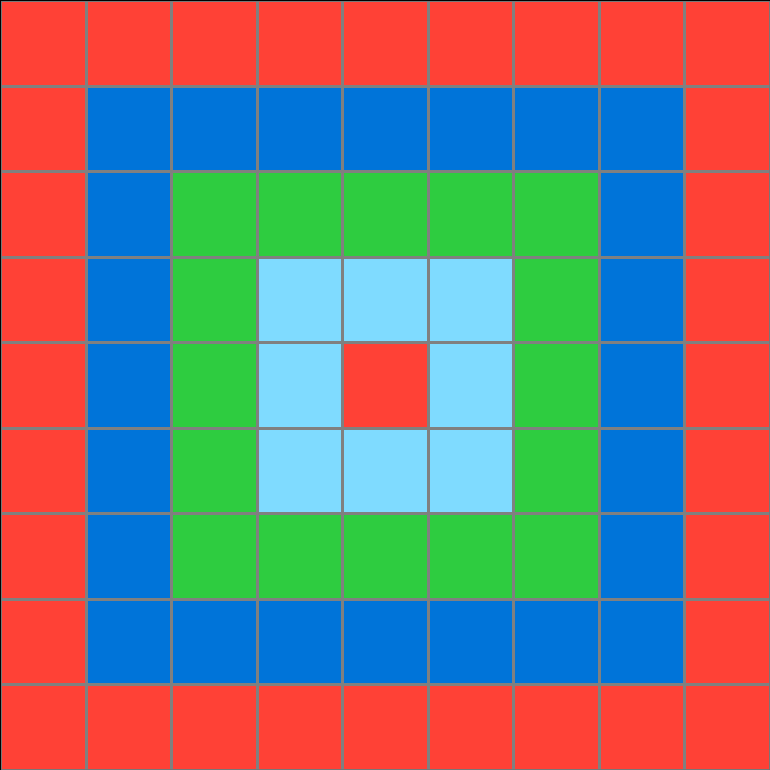Participant 1
Initial description: I thought I had to copy it exactly.
Final description: I again just had no idea what to do here.
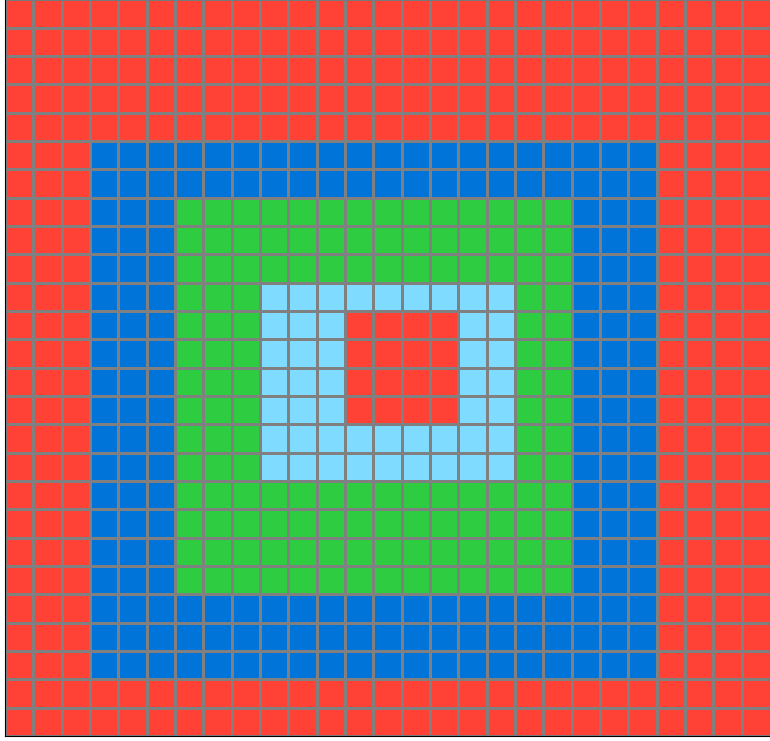


Participant 2
Initial description: To make it as the input grid.
Final description: By selecting the correct height and width of the grid and color the cells that shown in the input.
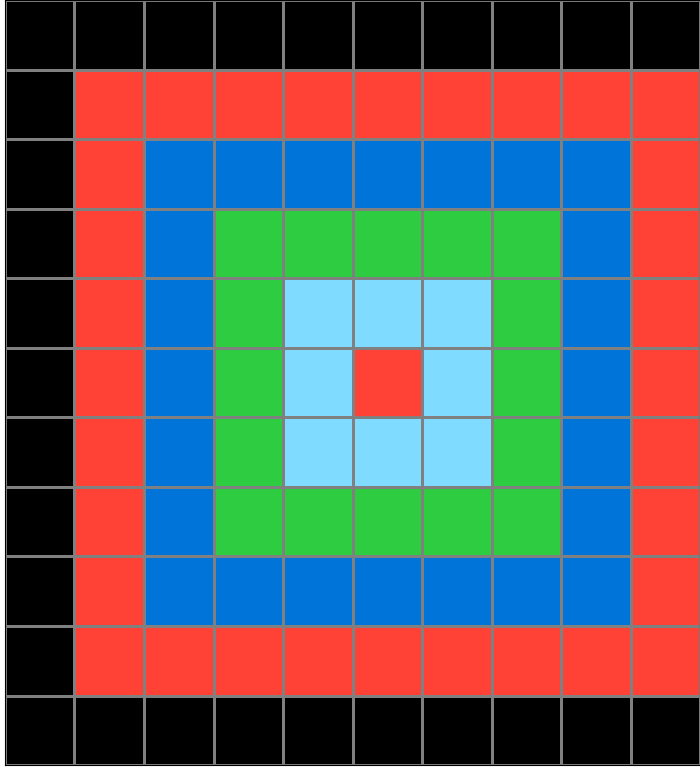
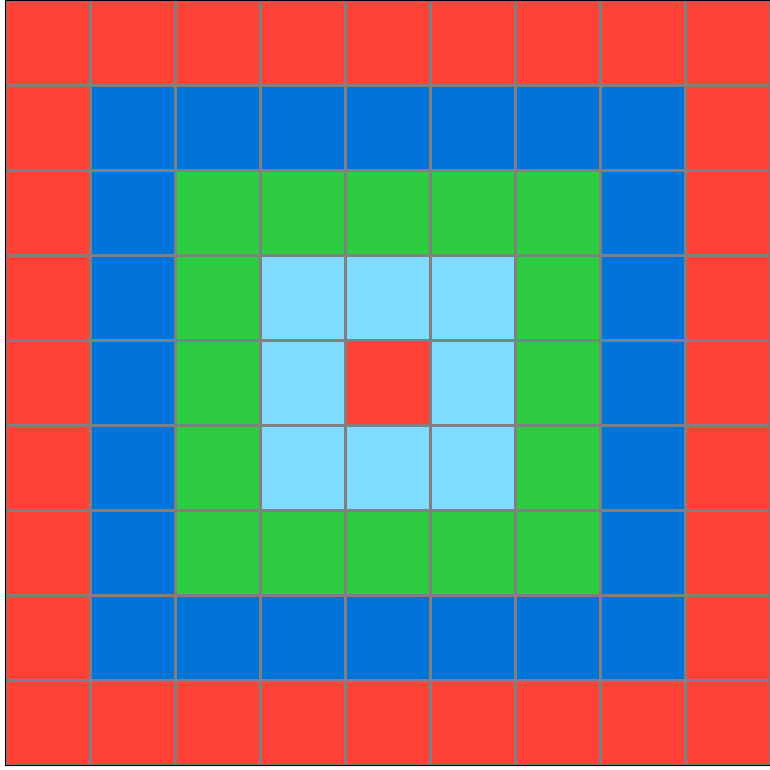
Participant 3
Initial description: Good task
Final description: Good


Participant 4
Initial description: The size of the grid is equal to the number of different squares times 2 minus 1. Then outer edge of the Test Output is the same color as the outer edge of the Test Input. This repeats until you get to the center.
Final description: The size of the grid is equal to the number of different squares times 2 minus 1. Then outer edge of the Test Output is the same color as the outer edge of the Test Input. This repeats until you get to the center.
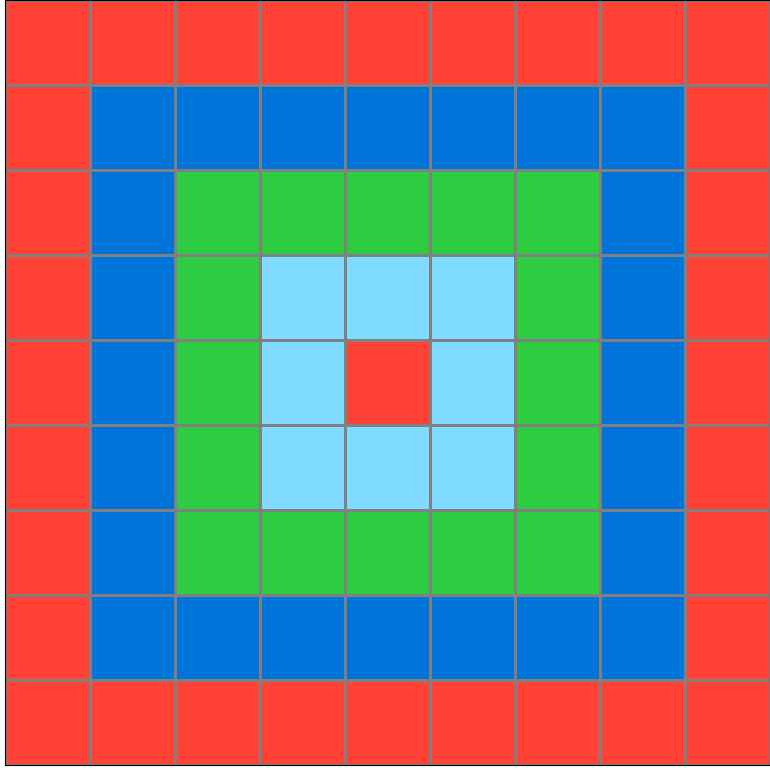
Participant 5
Initial description: One ring for each color.
Final description: One ring for each color.

Participant 6
Initial description: The color scheme from the input needs to be repeated such that it is all centered. Each color must occupy a set of squares.
Final description: The color scheme from the input needs to be repeated such that it is all centered. Each color must occupy a set of squares.

Participant 7
Initial description: My goal is to take try to make all the color blocks centered and asymmetrical.
Final description: I still think my goal is to take try to make all the color blocks centered and asymmetrical.
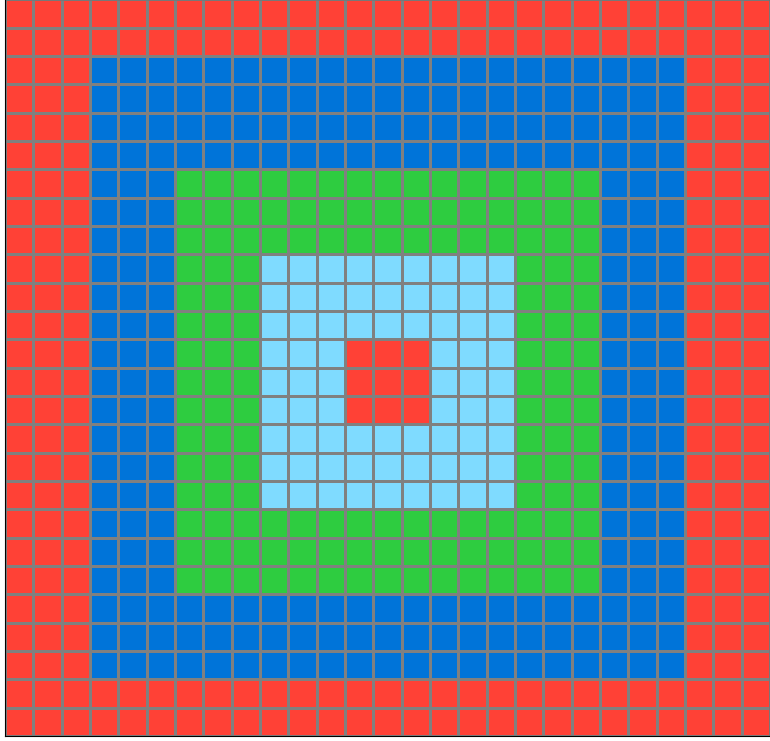
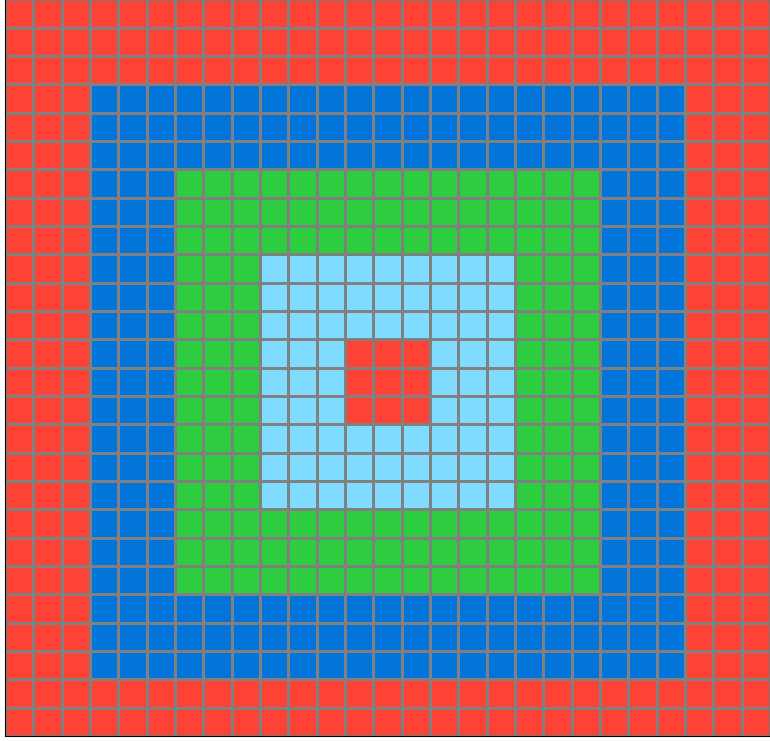

Participant 8
Initial description: It seemed to duplicate the color and center the grid. I couldn't figure out how to get the grid to align properly though.
Final description: You use the same colors as the graph and you align the grid so that it is perfectly centered. I found it easiest to accomplish when I started from the single block color in the center and then did the rest of the color around it.

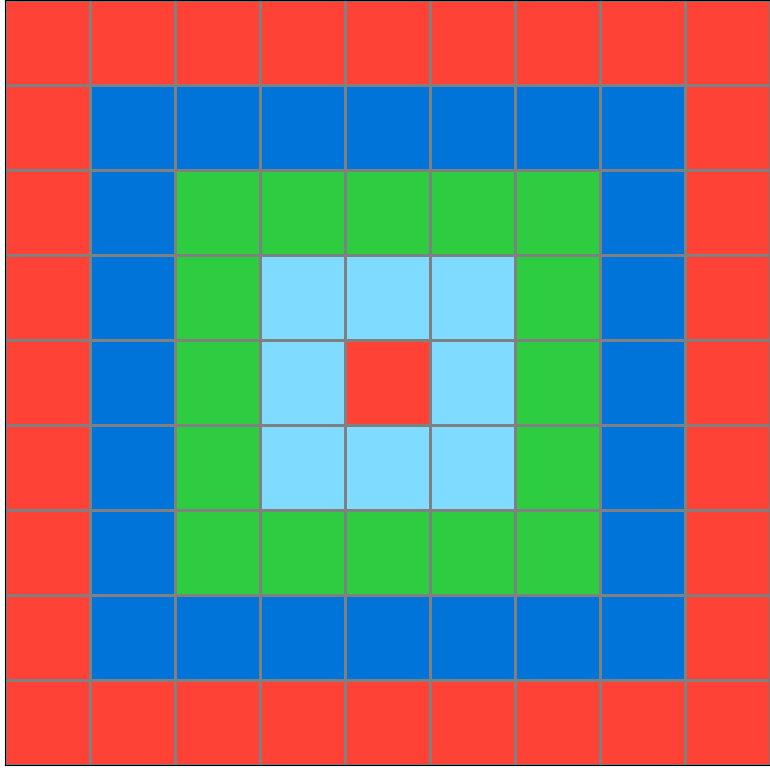
Participant 9
Initial description: I thought the rule was to make it so that the center color becomes the single block and then you surround the center block by one layer of blocks that matches the next color of the blocks that surround it.
Final description: I thought the rule was to make it so that the center color becomes the single block and then you surround the center block by one layer of blocks that matches the next color of the blocks that surround it.

Participant 10
Initial description: Not sure what I'm doing
Final description: I had to figure out what size grid first, then fill in accordingly to test input
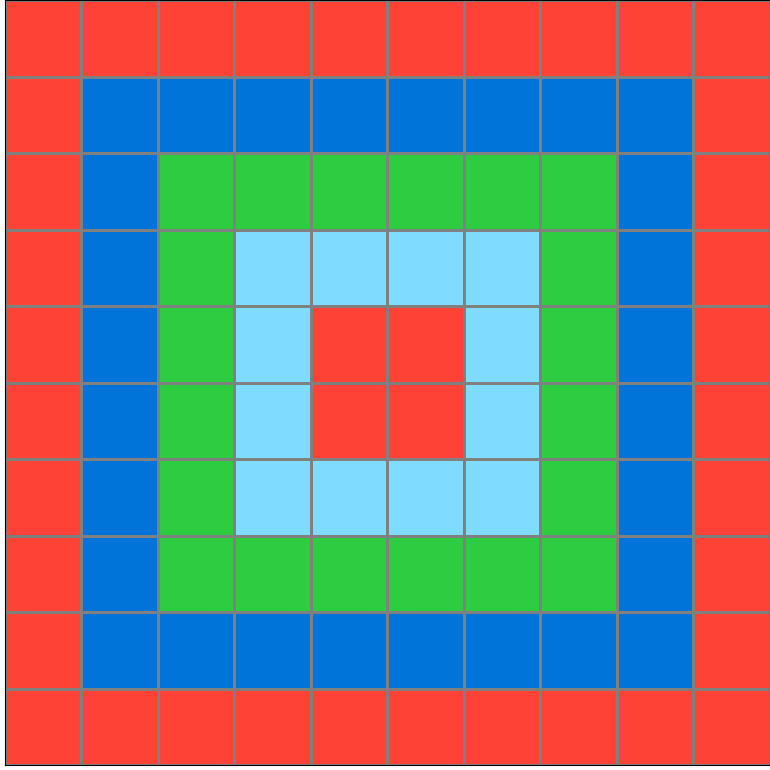

Participant 11
Initial description: Each row gets one color, so the output is simplified.
Final description: Each row gets one color, so the output is simplified.
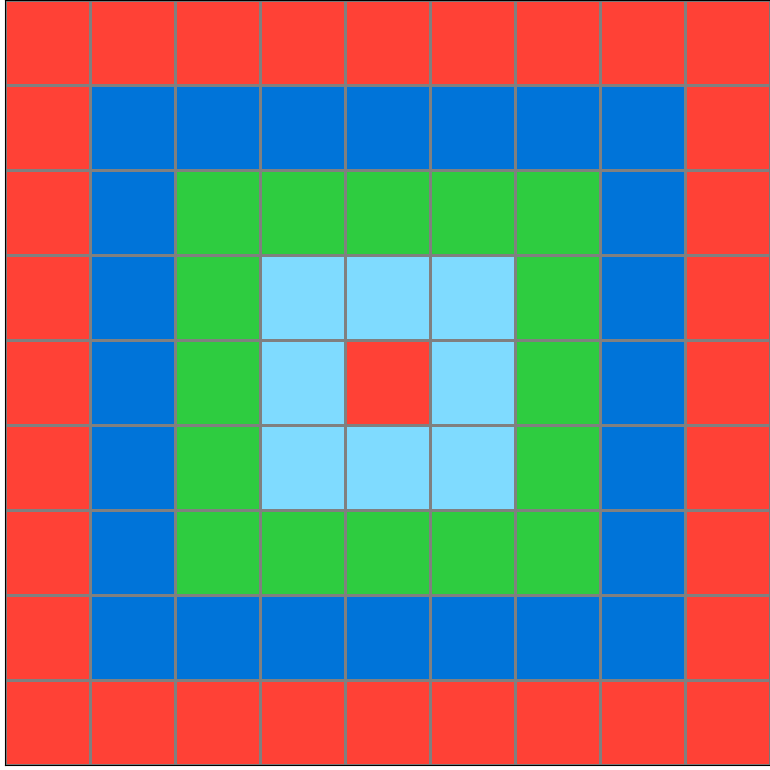
Participant 12
Initial description: Create a grid to fir each color that is presented in input and in the same outward order as input colors.
Final description: Create a grid to fir each color that is presented in input and in the same outward order as input colors.
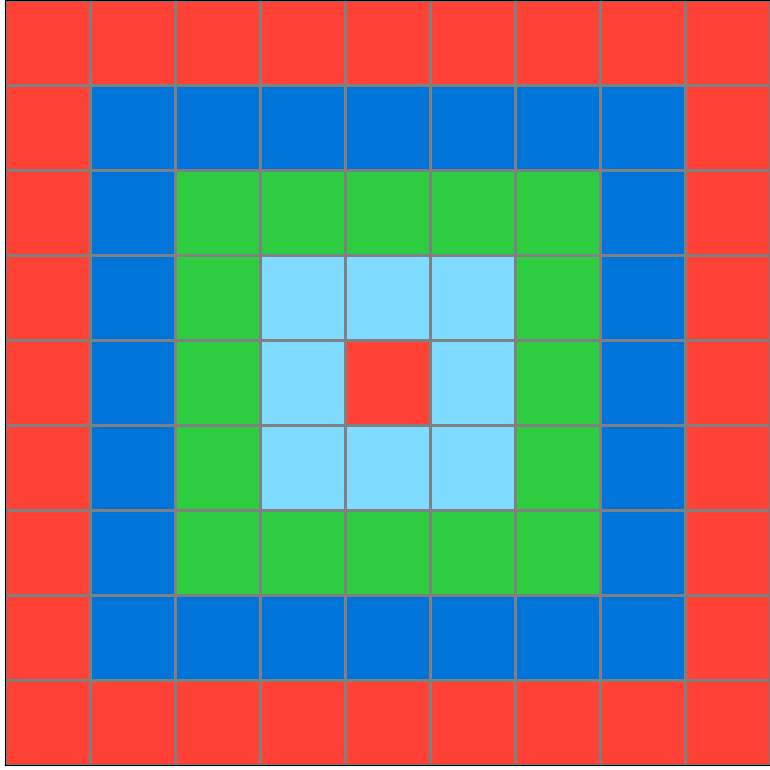
Participant 13
Initial description: Take all the colors from the input and make concentric rows, keeping the colors in the same order. Each row of color will get progressively smaller until the center most color in the test will receive one box in the center of the output grid. It should look like a top down view of a pyramid.
Final description: Take all the colors from the input and make concentric rows, keeping the colors in the same order. Each row of color will get progressively smaller until the center most color in the test will receive one box in the center of the output grid. It should look like a top down view of a pyramid.

Participant 14
Initial description: I tried to roughly but not exactly match the number of cells and rows and also colors from the test input. I tried to match the pattern from example 3.
Final description: I tried to roughly but not exactly match the number of cells and rows and also colors from the test input. I tried to match the pattern from example 3.

Participant 15
Initial description: center square matches the color of the original center. A line of squares then outlines that center square with the matching outline color. The remaining squares match the 3rd outward color.
Final description: Perhaps this one is too complex for me or I'm overthinking it. I thought the ratio of the number squares reduce to one fifth the original number then the alternating colors remain uniform.

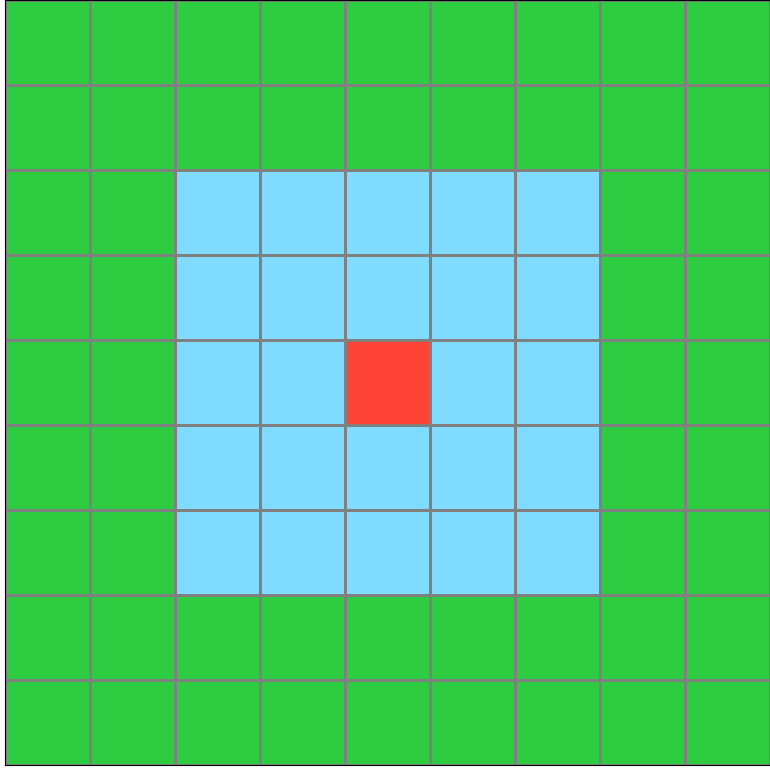

Participant 16
Initial description: Take the middle most color in the test input and draw it with the same color as a 1x1 square in the middle of the grid. Each color should be reduced so it has a perimeter of 1 block of thickness. wrap each color around the middle most block so it has a thickness of 1 block. Keep the colors the same as they were in the test.
Final description: Take the middle most color in the test input and draw it with the same color as a 1x1 square in the middle of the grid. Each color should be reduced so it has a perimeter of 1 block of thickness. wrap each color around the middle most block so it has a thickness of 1 block. Keep the colors the same as they were in the test.
